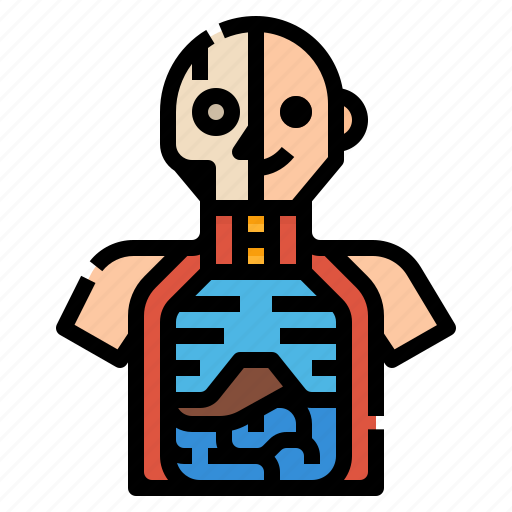The Physiology Quiz for Medical Students will be used for teaching students about specific areas of human anatomy. Students will be required to identify the parts of the body that affect human functioning and the functions they perform. The student will also need to demonstrate the ability to read diagrams. In addition, the student will also need to demonstrate their understanding of terms and definitions in biology, chemistry, physiology and anatomy.
Human anatomy is a very important part of the human body. It can help students understand the function of each part of the body. For example, an anatomist needs to know the parts of the body to properly diagnose patients with specific diseases. A pediatrician will use human anatomy to determine the various problems that can affect a child’s development and function.
If you are not sure what parts of the human body are important, consider how you perform certain tasks. You probably do not know every part of your body, but you can name most if you know the function of each part. For example, you can name your lungs, heart, stomach, intestines and liver. You can name each part of your body, without even thinking about it, to explain a concept or answer a question.
The Physiology Quiz for Medical Students is one of several educational quizzes in which medical students must identify certain characteristics of anatomy. The concept is similar to those used in other courses in biology and chemistry. Many of the questions will focus on identifying the basic components of the body and how they interact with each other. It can also be helpful to identify the areas of the body that are visible to the naked eye, such as the face, hands, feet.
Most of the questions in the Physiology Quiz for Medical Students are related to the development of life. Students will be expected to identify which organisms are responsible for different organs of the body. They will also be asked to identify the function of these organs in the development and maintenance of human life. This helps medical students learn the importance of the different parts of the body in the process of growing.
Body parts must be identified for students to understand why they exist. For example, why do the muscles in our bodies move? What processes cause the muscles to contract?
There are many physiological processes that contribute to a person’s health. These processes include: respiration, digestion, excretion, circulation, metabolism, circulation, regulation of hormones, the production of cells, and circulation of blood. When these processes are in balance, a person is healthy. When they are out of balance, there are potential problems that could be the result of abnormalities.
When the pupils are asked to evaluate the vital signs of their body, they are asked to think of the four components of health: health of the heart and blood, the heart’s pumping action, good eyesight, and hearing, and muscular strength. When students identify these components, they are able to determine the state of health of the organs that are present. and how well they work together.
These health concepts are valuable to health care professionals who work with patients, as well as medical students who want to improve their knowledge of physiology and anatomy. and function of their bodies. It will help them identify the various processes of the human body and learn how they interact with each other to determine the overall state of health of the body.
Because this course has been designed to teach students about the functioning of the body, students who do not have medical experience will find it helpful to take this course. This does not mean that students should not take science classes, but they should understand the meaning behind the concepts that are presented in the study of anatomy and physiology. It also means that they are likely to understand some of the questions used in this quiz.
There is a lot that is taught in this quiz. As long as a student can understand the questions, he or she can get a basic understanding of physiology and health.


